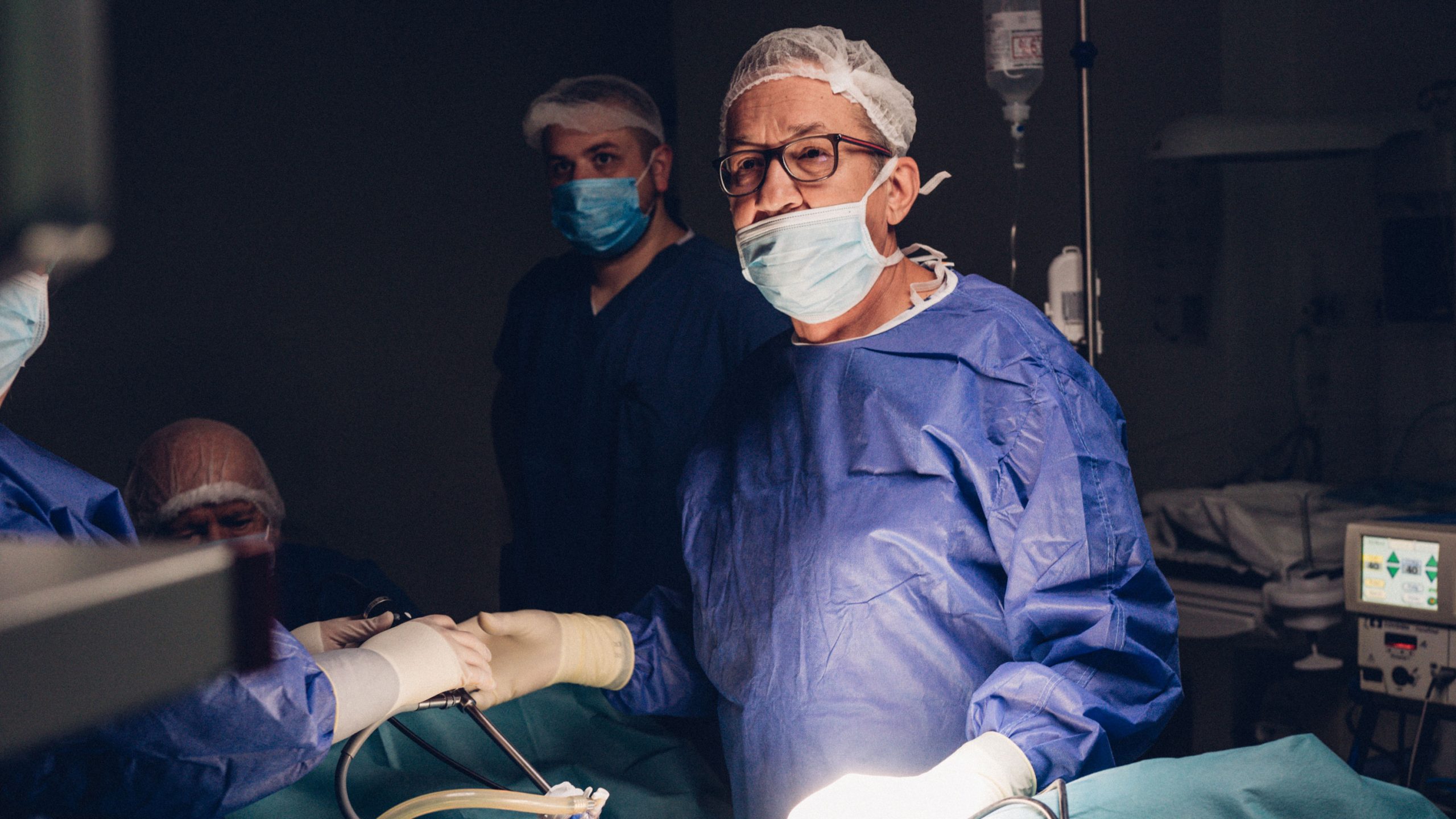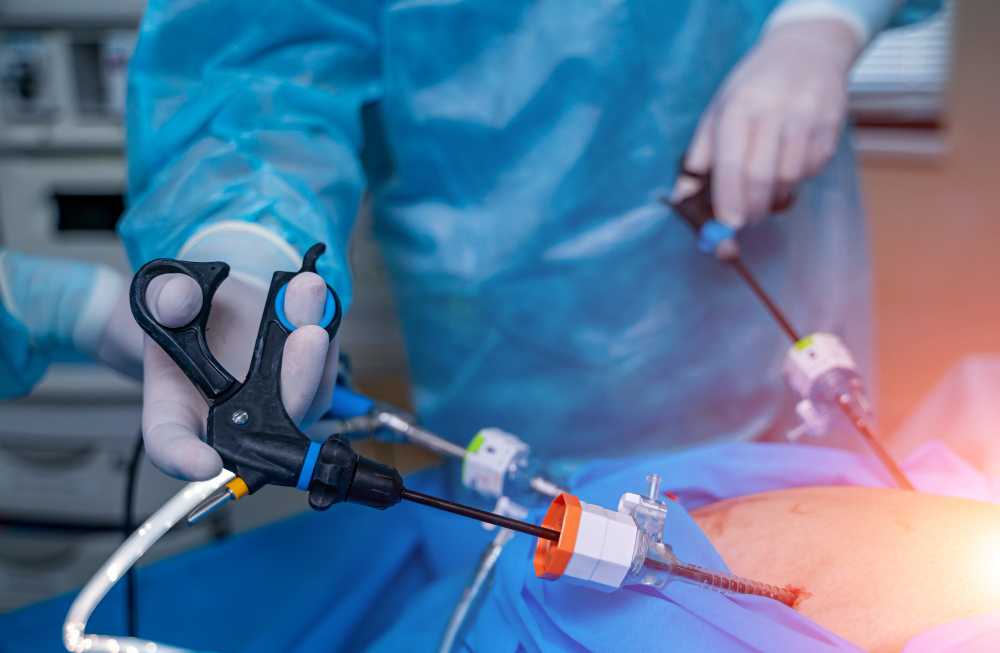Procedures and Interventions
A hysterectomy is a major operation for a woman that’s only recommended if other treatment options have been unsuccessful. The most common reasons for having a hysterectomy include:
- heavy periods – which can be caused by fibroids
- pelvic pain – which may be caused by endometriosis, unsuccessfully treated pelvic inflammatory disease (PID), adenomyosis or fibroids
- prolapse of the uterus
- cancer of the womb, ovaries or cervix
Myomectomy is the removal of benign tumors of the uterus composed of smooth muscles, which, depending on the location and size, can be removed by laparotomy, laparoscopy or hysteroscopy.
What is a sacrocolpopexy?
A sacrocolpopexy is a surgical procedure used to treat pelvic organ prolapse. Pelvic organ prolapse is a condition that is caused by a weakening of the normal support of the pelvic floor, and is similar to a hernia in the vagina.
The organs of the pelvis—the area of the body between the hip bones—include the vagina, uterus, cervix, bladder, urethra (the tube through which urine passes), intestines and rectum. These organs are held in place by a group of muscles and other support tissue. When this support system becomes stretched, weakened, or torn, it allows pelvic organs to slip out of their normal places or sag down (prolapse).
Adnesectomy is surgical removal of the ovary and tube, of course when there is a medical indication.
An oophorectomy may be performed for:
A tubo-ovarian abscess — a pus-filled pocket involving a fallopian tube and an ovary
Ovarian cancer
Endometriosis
Noncancerous (benign) ovarian tumors or cysts
Reducing the risk of ovarian cancer or breast cancer in those at increased risk
Ovarian torsion — the twisting of an ovary










